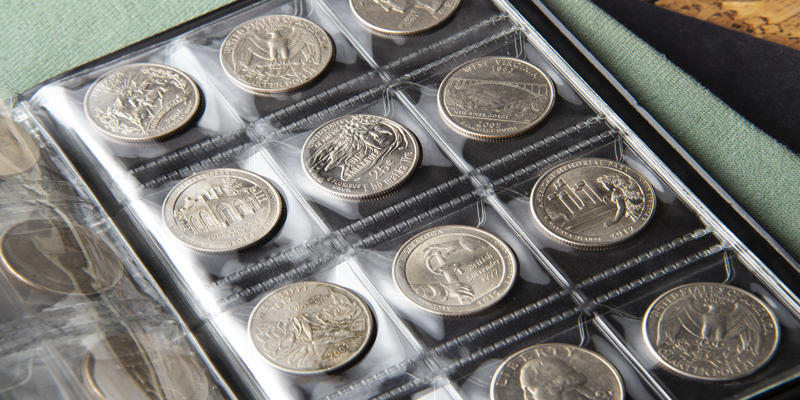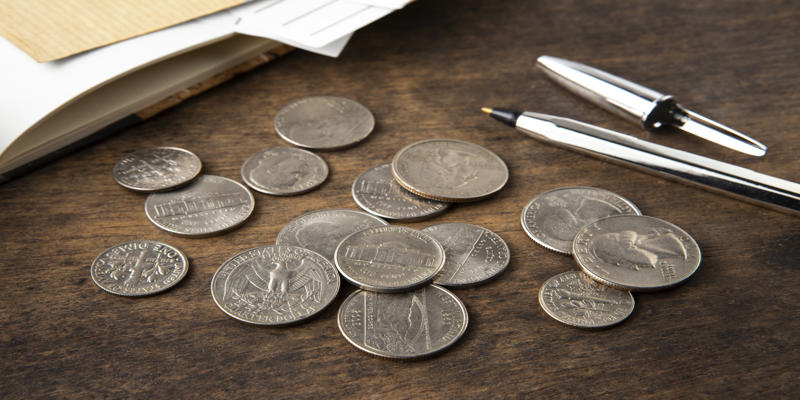Certificates of Deposit (CDs) have long been a reliable option for those looking for safe and predictable ways to grow their savings. Over time, however, CD rates have fluctuated significantly, influenced by factors such as economic conditions, monetary policy, and inflation.

Understanding historical CD rates can provide valuable insights into how interest rates have evolved and offer clues about potential future trends. In this article, we will explore the historical changes in CD rates, the economic forces behind these changes, and what it means for savers today.
Historical Trends in CD Rates
CD rates are not a new thing; they started in the 1960s when they became available to the public. CD rates were very volatile during the 1970s and 1980s. For example,location rates were teeing off to invisible heights in the 1980s, such as CD rates from about 15 to 18%. Realistically, it was from too much inflation and extreme monetary policy to stifle (inflation). During the time of Chairman Paul Volcker the Federal Reserve was pushing CD rates to historically high levels to combat rising cost of living and in turn, raising interest rates sharply.

Over time though, CD rates started to decrease slowly as the years progressed. By the 1990s there was some economic stabilization, and interest rates will start to settle into more normal levels. During this period, rates had declined from early 1980s highs, but were still significantly higher than today's, although high. During the early 2000s, CDs were the relatively steady returns type, typically in the 3-5% per year range.
The global financial crisis of 2008 had a profound impact on CD rates. In an effort to stimulate the economy, the Federal Reserve slashed interest rates to near zero, which led to a sharp drop in CD yields. For many years following the crisis, CD rates remained at historically low levels. By 2015, rates were hovering below 1%, and savers found it difficult to generate meaningful returns on their deposits. This low-rate environment persisted throughout much of the 2010s, with only slight increases as the economy slowly recovered.
Factors Influencing Changes in CD Rates
Several key factors have influenced the changes in CD rates over time. One of the most significant drivers is the Federal Reserve’s monetary policy. The Fed controls short-term interest rates, and its decisions have a direct impact on the interest rates offered by banks on CDs. When the Fed raises interest rates, banks typically follow suit and increase their CD rates to attract more deposits. Conversely, when the Fed lowers rates, banks often reduce their CD rates in response.
Inflation is another crucial factor. During periods of high inflation, CD rates tend to rise as banks seek to offer better returns to attract savers who are concerned about the diminishing purchasing power of their money. On the other hand, when inflation is low or stable, CD rates generally remain lower. For instance, during the post-recession years of the 2010s, low inflation and economic uncertainty contributed to the prolonged period of low CD rates.

Another factor influencing CD rates is competition among banks. When there is strong competition for deposits, banks are more likely to offer higher CD rates to attract customers. However, when competition is weaker, CD rates tend to stagnate. The rise of online banks and financial technology (fintech) companies has introduced more competition in recent years, which has led to higher rates in some cases.
The Impact of Economic Cycles on CD Rates
Economic cycles have a profound impact on CD rates. During periods of economic expansion, when the economy is growing and unemployment is low, the Federal Reserve may raise interest rates to prevent the economy from overheating and to keep inflation in check. This typically results in higher CD rates, as banks seek to offer attractive returns to savers.
In contrast, during economic recessions or downturns, the Fed may lower interest rates to stimulate borrowing and spending. This leads to a decrease in CD rates, as banks are less motivated to offer high returns on deposits. The most recent example of this occurred, when the Federal Reserve slashed interest rates to near zero in an effort to support the economy through the crisis.
The financial crisis of 2008 is another example of how economic cycles influence CD rates. In response to the crisis, the Fed lowered interest rates dramatically to stimulate borrowing and spending, which in turn led to a prolonged period of low CD rates. As the economy recovered in the following years, rates gradually began to rise, but they remained much lower than in the previous decades.
Current Trends and Outlook for CD Rates
As of 2024, CD rates are experiencing a gradual increase following the Federal Reserve’s interest rate hikes in response to rising inflation. The Fed has raised rates multiple times over the past few years, and CD rates have followed suit. While rates are still relatively low compared to historical highs, they are higher than they have been in recent years, making CDs a more attractive option for savers looking for a safe place to park their money.
However, it is important to note that CD rates are still subject to the broader economic conditions. If inflation continues to rise or if the economy enters another downturn, it is possible that the Federal Reserve may lower rates again, which could lead to a decrease in CD yields. Conversely, if inflation remains high and the economy continues to recover, CD rates could continue to rise.
For savers, this means that while CDs are currently offering better returns than in the past few years, it is important to stay informed about economic conditions and the Federal Reserve’s policies. This will help you make informed decisions about when to lock in a CD rate and for how long.
Conclusion
Historical CD rates have undergone significant changes over the years, reflecting broader economic trends, shifts in monetary policy, and inflationary pressures. From the high rates of the 1980s to the low rates following the 2008 financial crisis and the recent uptick in rates due to inflation concerns, CD rates have always been closely tied to the economy. Understanding these historical trends can help savers make more informed decisions about when and where to invest their money in CDs.







